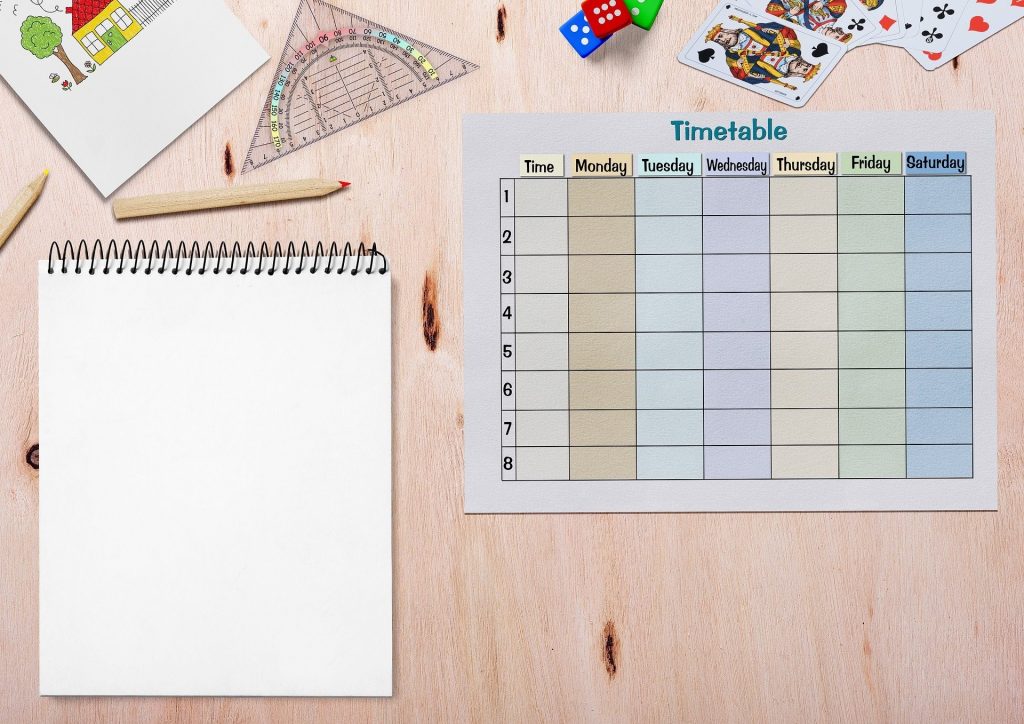If your company is growing, you’ll most likely need to relocate your office.You’re not alone in this.
Office space is in great demand in Australian cities. Moreover, despite significant commercial development investments, downtown vacancy rates remain low. Rates are also dropping in the suburbs.
Commercial relocations are becoming more common, yet only a small percentage of companies have a written relocation strategy in place.
Many of our new clients tell us that their prior move was plagued by uncertainty, which resulted in additional costs, misplaced or lost things, and excessive stress.
So, how can your office moving avoid the same relocating issues?
To begin, your office moving effort requires strategic planning.
An successful office moving strategy should contain the following elements:
A Task Force has been formed:
A moving task force is a group committed to your office move. External partners such as realtors, property managers, designers, and office movers make up the group. Internal personnel from facilities management, human resources, and finance will combine their expertise to form a cohesive team. The size of your team and the complexity of your transfer will determine how many individuals you can allocate to office moving operations. You might want to try bringing in members-at-large from other departments. At the very least, you should meet with each department to assess their requirements. You’ll be able to represent the interests of your whole company this way.

A timetable:

By offering insight to each stage of the office moving process, timelines help you manage time and other resources more efficiently. They also advise you to have a realistic perspective on how long it will take to finish your office moving. By breaking down big tasks into little, manageable chunks and plotting them out on a calendar, your team will be able to understand where they’re going in the near and long term. Consider your operational requirements while creating a project timeframe. Plan your office moving during the period of year when you are least busy. If that isn’t practicable, there are alternative options for reducing workflow disturbance. Prepare yourself by systematising the packing procedure. Once an office transfer has been determined, it is never too early to begin preparing.
Accomplishments:
Moving milestones are important phases in the office moving process that commemorate your achievements and signify the start of the following phase. To keep your office move on schedule, include milestones in your plan. This is required for multiphase relocations, which necessitate a thorough plan that covers the project’s entire life cycle. Smaller projects, on the other hand, might benefit from utilising milestones to track their progress. Booking movers, finalising the design of your new space, finishing construction, successfully transferring a department, IT setup, and anything else that will define your total timetable are all examples of milestones.

Key Questions and Answers:

Every key question concerning your transfer should be answered in your office moving strategy. According to your overall company objectives and moving plan, specify who and what will relocate at each step. Hint: Any question involving numbers is a question that must be answered ahead of time. For instance, how many personnel will be relocating, how many moving boxes will be required, how much merchandise will be carried vs how much will be stored, and what is the budget? Dates and deadlines are important.
Employee Assistance:
Department managers should meet with their staff to evaluate their requirements and be as proactive in helping them as feasible to lessen the stress associated with office moving. Employees with families, for example, will have different worries than young singles or those approaching retirement. Everyone’s issues are worthy of equal time and consideration. Allow employees to ask inquiries and obtain further information. Bring in move managers to address any queries you might have on office moving day. You may also opt to give personnel relocation packages, depending on the scope of your transfer.

A Communication Strategy:

Everyone from employees and partners to clients and the broader public should be involved in your migration so that they feel personally engaged in – and thrilled about – it. Management will be able to produce professional, complete communications if they develop a communications strategy ahead of time. This will guarantee that everyone is aware of their duties, obligations, and accountability in a timely way without being overburdened. To keep workers interested, we propose using a range of ways to convey an office moving. They might be as basic as frequent status meetings and email updates, or they can be more sophisticated, such as project management software.Make sure everyone understands where they should be on moving day, when they’re relocating, and how they’ll get into the new building. Share your moving team’s contact information so that decision-makers may be reached throughout the relocation.
A Design Strategy:
Conduct many walk-throughs with space planners and designers to examine the new office. Examine your present assets, including everything from technology to furniture. Decide what will be moved from your existing workplace, what will need to be acquired, and where everything will go at the new site. A successful workplace move begins with a well-designed floor plan and layout. Examine these paperwork with your movers and make sure they have a copy on moving day to ensure that everything is delivered and installed properly.

Checklists:

Checklists assist you in properly planning and executing your relocation. The relevance of this basic but effective instrument as part of a successful approach cannot be overstated. Checklists can help you with practically every step of your workplace transfer, including communications, packing, decommissioning, setting up a new office, vetting movers, procuring supplies, moving day to- do’s… and more.
Objectives:
Focus on action-oriented goals when it comes to workplace relocation. Be explicit about what you intend to accomplish during your relocation, and attach it to larger corporate objectives wherever feasible. This will help you put a move in the context of your company’s overall performance. If one of your company’s objectives is to improve customer service, for example, your relocation plan should reflect this. The move would prioritise the establishment of a new customer service department. If you want to improve your company’s image, a related objective may be to finish a branded design before moving in. Consult with all departments to determine what they require. Then, in accordance, develop departmental moving targets.
Criteria for Evaluation:
Before you make your move, figure out how you’ll evaluate its success. Your evaluation should include methods for measuring business performance, communication, costs, and employee satisfaction. You should also consider evaluating external partners. They enjoy receiving input. The keys to enhancing movements that can save your firm money now and in the future are documented processes and outcomes.
Involve the experts if you need assistance strategizing your next step. We specialise in strategic planning and workplace relocation. Our skilled relocation managers will collaborate with your team to make smart relocation plans a reality. Criteria for Evaluation.
